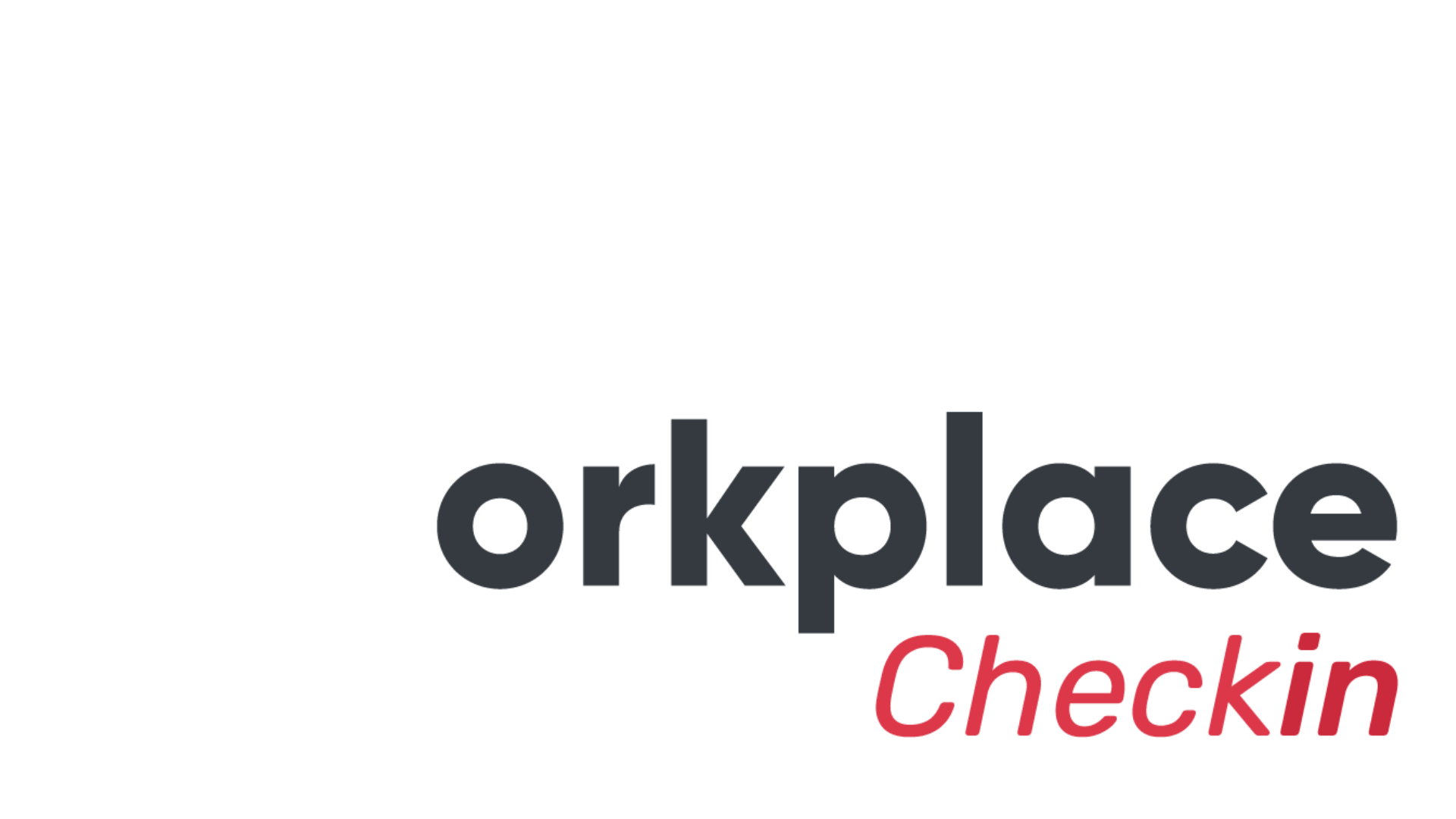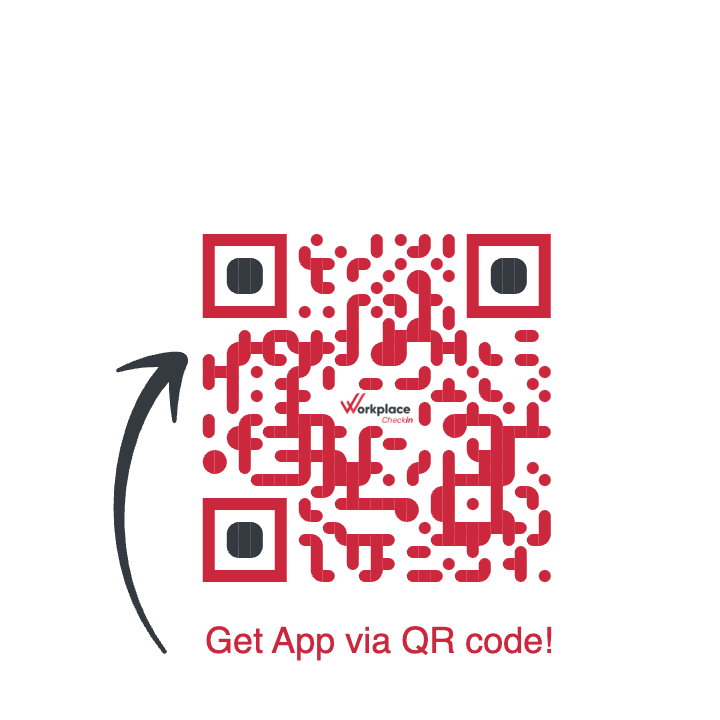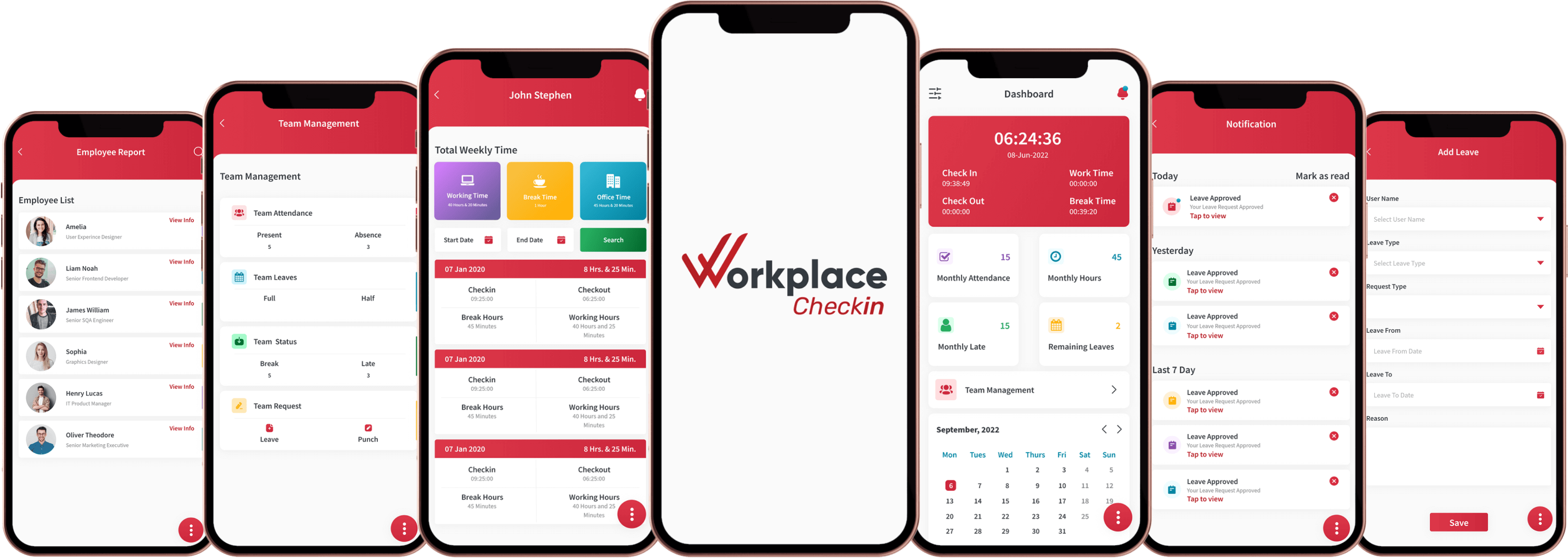

Unlocking Employee Engagement Through Effective Surveys
Introduction: Setting the Stage
Imagine this scenario: You walk into a bustling office with clacking keyboards, phones ringing, and colleagues chatting. But beneath the surface, something needs to be corrected. Employees seem disengaged and unmotivated, with an underlying sense of discontent. What's missing? How can you identify the issues and turn things around for the better?
Enter employee surveys – the invaluable tool that unlocks insights for improved engagement. Companies across the globe are increasingly turning to employee surveys to gauge satisfaction levels, understand their workforce better, and drive positive changes within their organizations. But why are these surveys so important, and how can they be utilized effectively?
Understanding the Importance of Employee Surveys
In the bustling landscape of modern workplaces, where the rhythm of productivity often masks underlying issues, employee surveys emerge as indispensable tools for deciphering the pulse of an organization. They serve as the compass guiding companies toward enhanced engagement, satisfaction, and, ultimately, success. Let's delve into why these surveys are crucial and how they can be wielded effectively to drive positive change.
Employee surveys serve as a vital pulse check for organizations, allowing them to assess their workforce's overall satisfaction and engagement levels. By collecting feedback directly from employees, companies can gain valuable insights into various aspects of their organization, such as company culture, leadership effectiveness, work environment, compensation, and benefits.
Consider the case of Company A, a multinational corporation with offices spread across the globe. Company A struggled and needed help with low employee morale and high turnover rates despite its size and resources. The company implemented an annual employee survey program to understand the root causes of these issues.
The results were eye-opening. Employees expressed dissatisfaction with the lack of opportunities for career growth, poor communication from management, and a disconnect between company values and actions. Armed with this valuable feedback, Company A was able to develop targeted strategies to address these issues head-on.

Crafting Effective Surveys
How can companies create effective employee surveys that yield actionable insights? Here are some key considerations:
Crafting Effective Surveys
Guidelines for Survey Creation
Effective surveys are the cornerstone of successful employee engagement initiatives. Crafting surveys that capture relevant data, encourage honest feedback, and provide actionable insights requires careful planning and consideration. Here, we delve deeper into the fundamental principles and strategies for crafting surveys that yield meaningful results:
Defining Clear Objectives: Charting the Course for Success
Before embarking on survey design, defining clear objectives and goals is essential. What specific aspects of employee engagement and satisfaction are you seeking to assess? Are you focusing on culture, leadership, communication, or other vital areas? By outlining clear objectives, you ensure that the survey questions align with your overarching goals, maximizing the relevance and utility of the data collected.
For example, the primary objective is to assess employee satisfaction with the company's remote work policies. In that case, survey questions may focus on flexibility, communication effectiveness, and support for remote collaboration tools.
Ensuring Anonymity and Confidentiality: Fostering Honest Feedback
Anonymity and confidentiality are paramount in fostering open and honest feedback from employees. When employees feel confident that their responses will be kept confidential and that there will be no repercussions for providing critical feedback, they are more likely to share their true sentiments.
Employing anonymous survey platforms or ensuring that responses are aggregated and anonymized can alleviate concerns about privacy and confidentiality. Additionally, communicating explicitly about the anonymity of the survey and the confidentiality of responses can further reassure employees and encourage participation.
Utilizing Varied Question Types: Crafting a Comprehensive Approach
Effective surveys employ a variety of question types to gather comprehensive insights into employee experiences and perceptions. While multiple-choice questions provide quantitative data and facilitate easy analysis, open-ended questions allow employees to express nuanced opinions and provide qualitative insights.
Consider incorporating scaled questions to measure agreement or satisfaction levels on a continuum and open-ended questions to capture detailed feedback and suggestions for improvement. This combination of question types ensures a holistic view of employee sentiments and experiences.
Keeping It Concise: Respecting Employees' Time
Respect for employees' time is crucial in maximizing survey participation rates and minimizing survey fatigue. Keep surveys concise and focused, with a clear and logical flow of questions. Avoid unnecessary repetition or redundancy, and prioritize questions that address the most critical areas of concern.
Consider conducting pilot tests or focus groups to evaluate survey length and complexity and identify areas for streamlining or refinement. Aim to balance gathering comprehensive data and respecting employees' time and attention.
Establishing Regular Timing: Consistency Breeds Insight
Establishing a regular cadence for employee surveys allows organizations to track changes in engagement and satisfaction over time, identify trends, and measure the effectiveness of interventions. Whether surveys are conducted quarterly, bi-annually, or annually, consistency in timing enables meaningful comparisons and ensures that feedback remains timely and relevant.
Additionally, consider aligning survey timing with key organizational milestones or events, such as performance reviews, corporate changes, or strategic initiatives. This integration ensures that surveys capture feedback within broader organizational dynamics and priorities.
By adhering to these principles and strategies, organizations can design surveys that effectively capture employee sentiments, foster honest feedback, and provide actionable insights for driving positive change and enhancing employee engagement. Effective survey design lays the foundation for meaningful dialogue between employees and management, facilitating a culture of continuous improvement and innovation.
Leveraging Feedback for Positive Change
Transforming Insights into Action
Gathering feedback through employee surveys is only the first step in the journey toward improved engagement and satisfaction. To effect real change, organizations must effectively leverage this feedback to drive meaningful improvements. Here's how to translate survey insights into tangible actions that foster positive change within the organization:

Identifying Areas for Improvement: Navigating the Feedback Landscape
Once survey results are collected and analyzed, the next step is to identify critical areas for improvement. This involves pinpointing recurring themes, trends, and pain points highlighted by employees in their feedback. Are there everyday communication, workload, leadership, or organizational culture concerns? By distilling survey data into actionable insights, organizations can prioritize initiatives that address the most pressing issues affecting employee engagement and satisfaction.
For example, if survey data reveals widespread dissatisfaction with communication processes, organizations may prioritize initiatives to improve transparency, foster open dialogue, and enhance information-sharing channels.
Engaging Employees in Solutions: Empowering Collaboration and Ownership
Engaging employees in finding solutions is essential for driving meaningful change. By involving employees in brainstorming sessions, focus groups, or problem-solving workshops, organizations tap into their workforce's collective wisdom and creativity. Employees are often best positioned to identify practical solutions and innovative ideas for addressing daily challenges.
Encouraging employee involvement generates buy-in and ownership of proposed solutions and fosters a culture of collaboration and empowerment. Employees feel valued when their input is solicited and respected, leading to more outstanding commitment and dedication to achieving shared goals.
Communicating Transparently: Building Trust Through Openness
Transparent communication is critical in building trust and credibility with employees throughout the change process. Organizations must communicate openly about the actions taken in response to survey feedback, including timelines, goals, and expected outcomes. Transparency helps employees understand the rationale behind decisions and changes, alleviating uncertainty and fostering a sense of trust in leadership.
In addition to communicating changes proactively, organizations should provide opportunities for ongoing dialogue and feedback. Regular updates, town hall meetings, or Q&A sessions can create avenues for employees to voice concerns, ask questions, and provide input on implementing initiatives.
Monitoring Progress: Tracking the Journey Toward Improvement
Once initiatives are implemented, monitoring progress and measuring changes' impact on employee engagement and satisfaction is essential. Follow-up surveys, focus groups, or pulse checks can provide valuable feedback on the effectiveness of interventions and identify areas for further refinement.
Tracking progress over time allows organizations to course-correct as needed and ensure that efforts yield the desired outcomes. By establishing key performance indicators (KPIs) and benchmarks for success, organizations can assess the ROI of their engagement initiatives and make data-driven decisions about future investments and strategies.
By leveraging feedback effectively, organizations can transform survey insights into concrete actions that drive positive change and improve employee engagement and satisfaction. Through collaboration, transparency, and ongoing monitoring, organizations can cultivate a continuous improvement and innovation culture where employees feel valued, supported, and empowered to succeed.
Conclusion
In conclusion, employee surveys play a pivotal role in unlocking insights for improved engagement within organizations. By listening to the voice of their employees, companies can gain valuable insights, identify areas for improvement, and drive positive changes that ultimately lead to a more engaged and productive workforce. By following best practices in survey design and effectively utilizing feedback, companies can create a culture of continuous improvement and foster a workplace where employees feel valued, motivated, and empowered to succeed.






